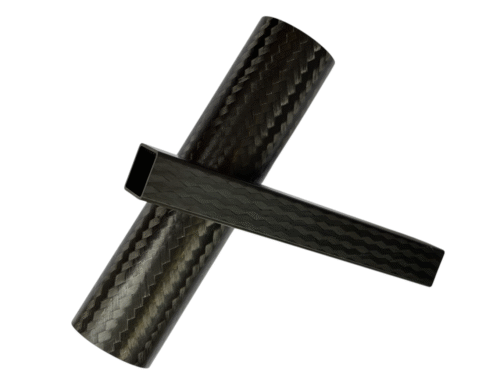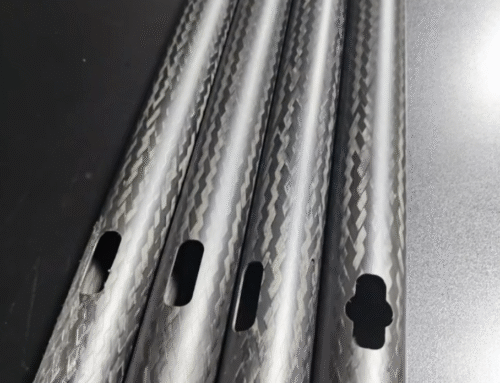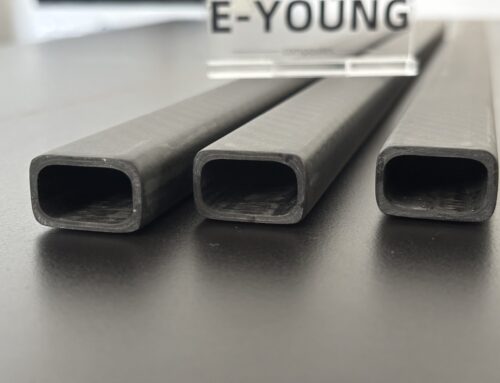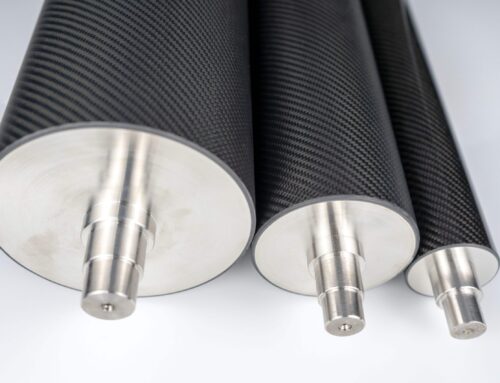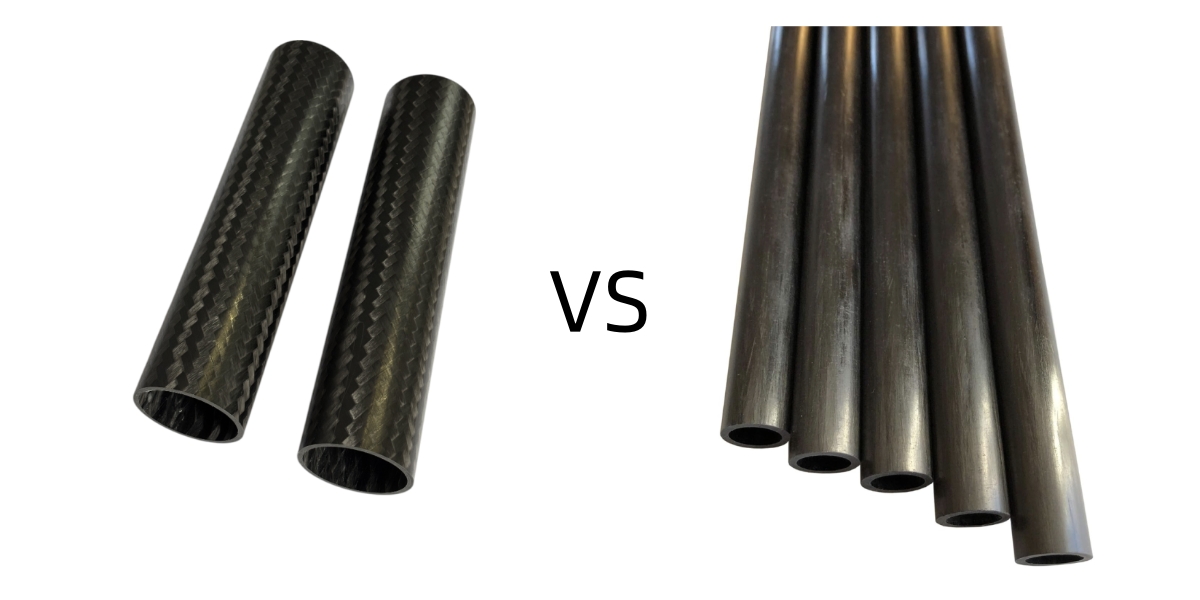
Bij het selecteren van koolstofvezelbuizen voor toepassingen met hoge prestaties staan ingenieurs voor een cruciale keuze tussen gevlochten en unidirectionele gepultrudeerde ontwerpen. Deze uitgebreide vergelijking onderzoekt hun structurele eigenschappen, productieprocessen en ideale gebruikssituaties om u te helpen een weloverwogen beslissing te nemen.
FAQ
V: Kunnen gevlochten buizen een unidirectionele axiale sterkte evenaren?
A: Ze bereiken 85-90% pure axiale sterkte terwijl ze multidirectionele mogelijkheden toevoegen.
V: Welk type is beter voor triltoepassingen?
A: Gevlochten buizen zijn aanzienlijk beter in het dempen van trillingen dan eenrichtingsbuizen.
V: Wordt er gewicht bespaard met unidirectionele buizen?
A: Ja, ze zijn doorgaans 5-8% lichter dan gelijkwaardige gevlochten buizen.
V: Wanneer is het kostenvoordeel van de eenrichtingsbuis doorslaggevend?
A: In hoog-volume productie waar alleen axiale sterkte vereist is.
De keuze tussen gevlochten en unidirectionele gepultrudeerde koolstofvezelbuizen hangt uiteindelijk af van uw specifieke prestatievereisten en budgetbeperkingen. Terwijl unidirectionele buizen maximale axiale sterkte bieden tegen lagere kosten, bieden gevlochten buizen uitgebreide structurele prestaties voor veeleisende toepassingen. Evalueer uw belastingsomstandigheden, omgevingsfactoren en prestatiebehoeften om de optimale oplossing te selecteren.

